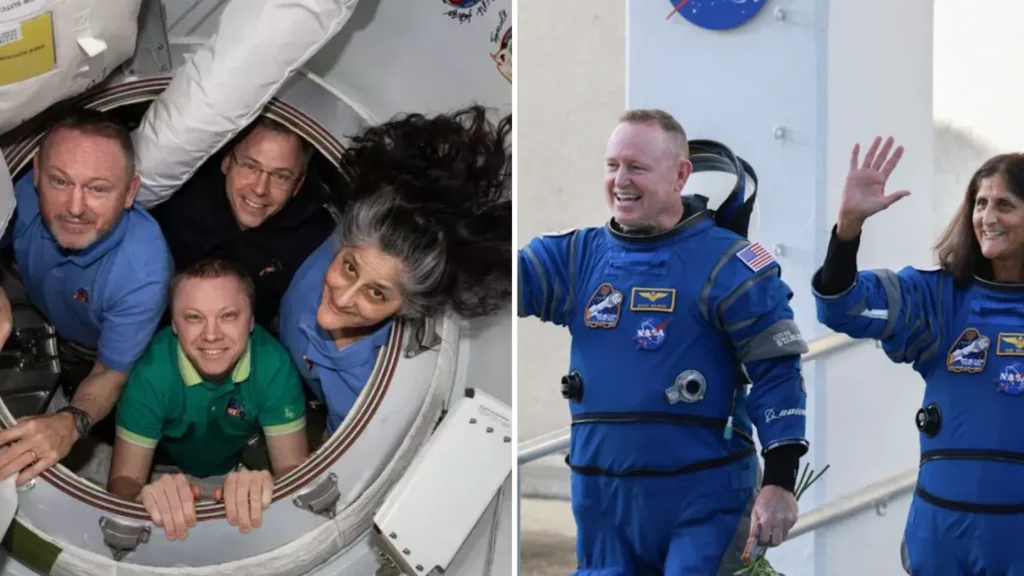After an unexpected nine-month stay aboard the International Space Station (ISS), NASA astronaut Barry “Butch” Wilmore is finally back on Earth—facing more than just the welcome of gravity.
What was supposed to be an eight-day mission turned into an extended journey for Wilmore and fellow astronaut Sunita “Suni” Williams, who were both left in orbit much longer than planned due to technical delays with their Boeing Starliner spacecraft.
They came back to home only to experience happy reunions along with missed occasions plus a extended recovery process.
Deanna Wilmore explains to us the difficult recovery process for her husband Barry Wilmore after his space mission ended.
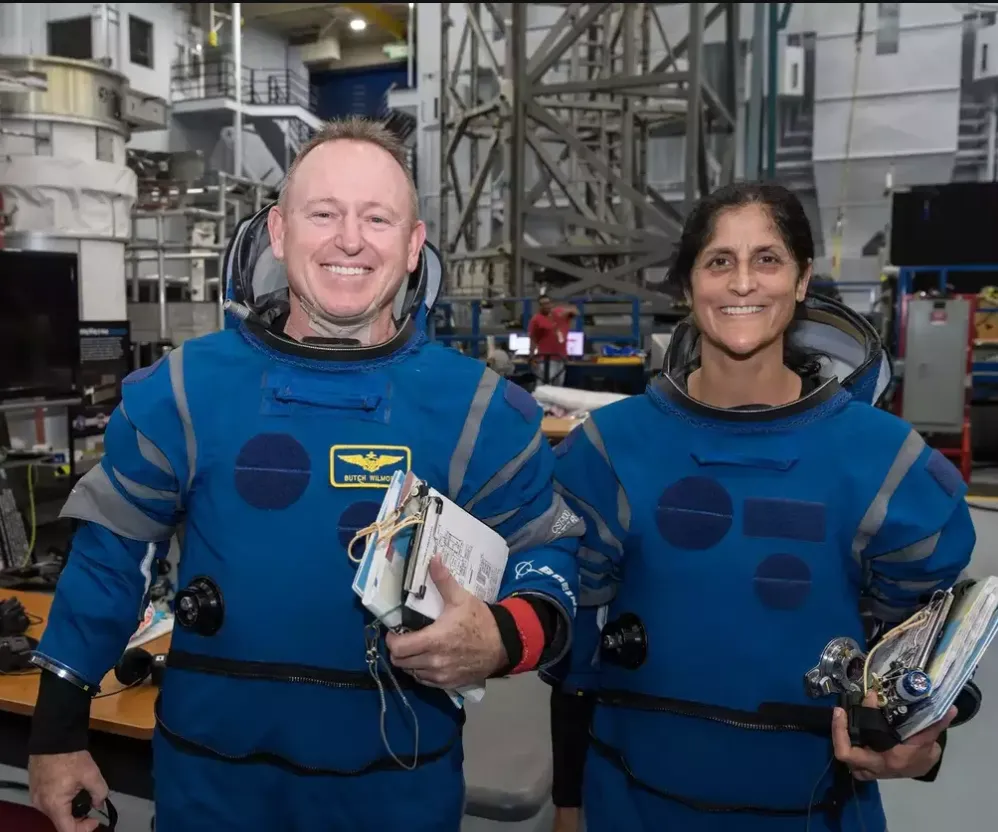
“Barry does say gravity is not his friend right now,” she told reporters, highlighting the unexpected toll Earth’s gravity has taken on him after spending nearly 300 days in a microgravity environment.
She added, “His stamina is not there, and they have to rest and relax quite a bit because they’re just not strong yet.”
According to Daryn Wilmore her father fights forward as he adjusts to Earth’s normal life but his daughter sees that the astronaut is struggling physically.
Although the research value added to the mission was appreciated the astronauts had to skip important events in their home life such as birthday celebrations and wedding anniversary ceremonies since their experience was extended.
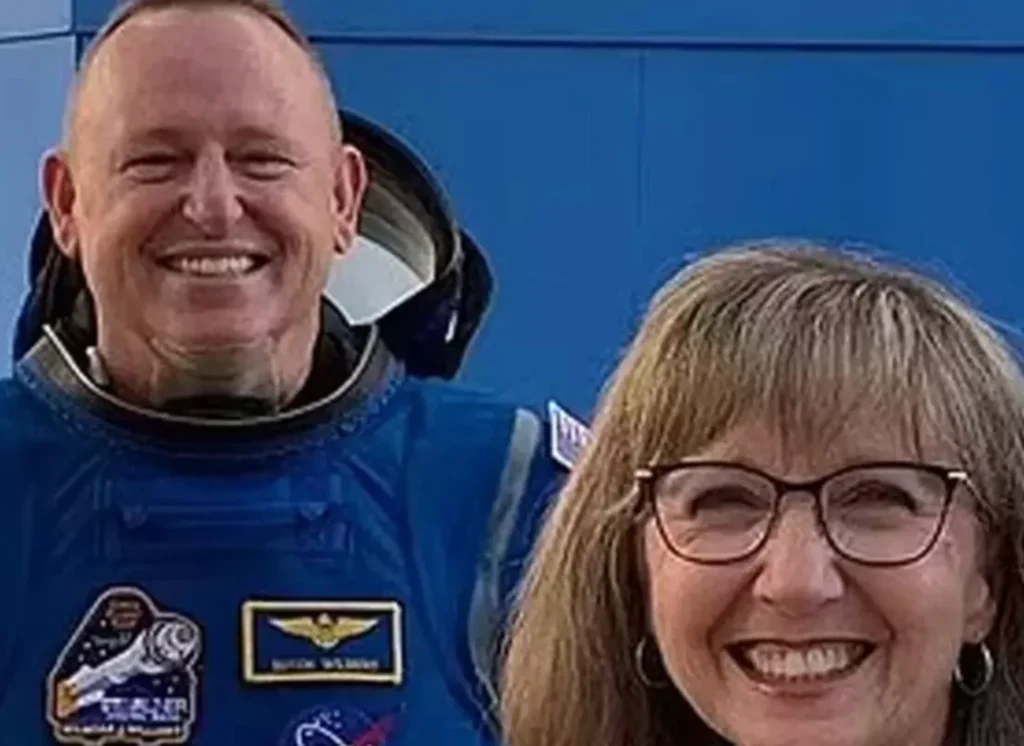
Despite returning home for Logan’s graduation the sadness caused by their missed time together stays with Barry.
This lengthened space mission pushed astronauts to endure significant physical transformations like others did before them.
According to NASA research astronauts lose 1% to 1.5% of their bone minerals every month while spaceflight causes significant muscle breakdown when gravity resistance is absent.
Dr. Shenhav Shemer, professor of biology at the Technion – Israel Institute of Technology, explained, “A mission of this length definitely poses a much greater risk of long-term muscle atrophy and strength loss, which are often impossible to fully reverse.”
She identified that restoring our awareness of body movement and position should start first in post-mission rehab.
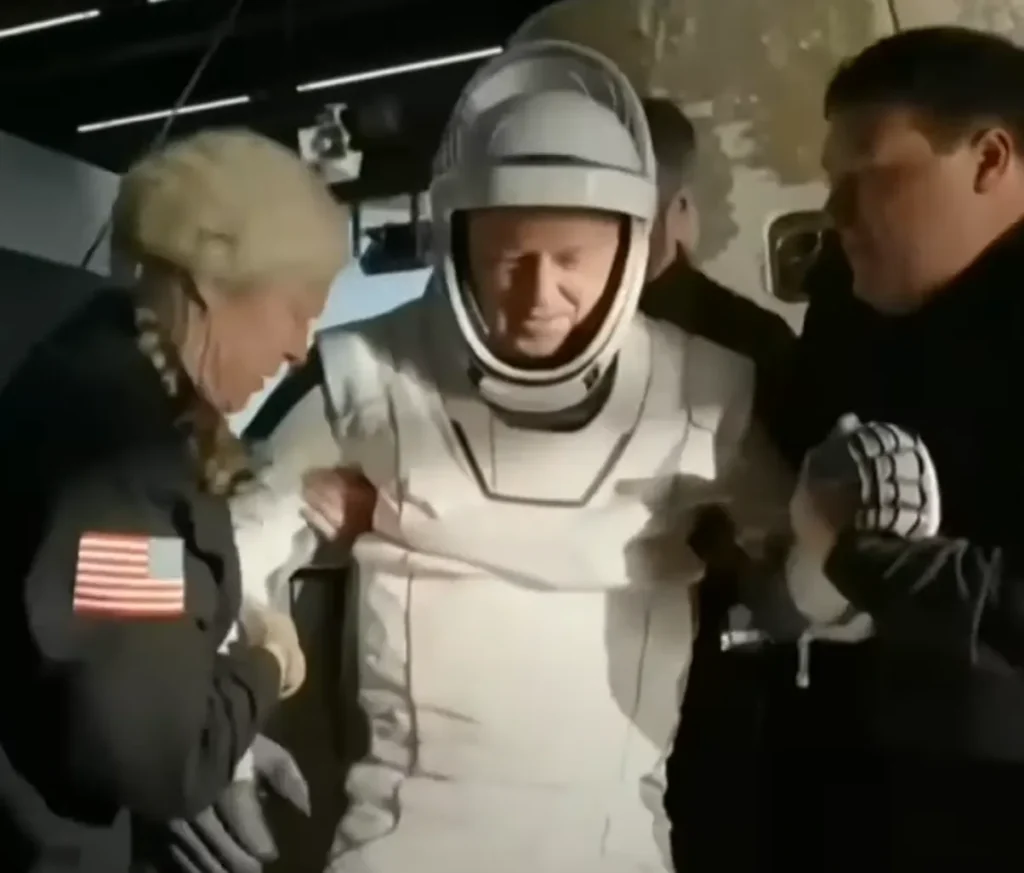
NASA works with Wilmore and Williams through a 45-day program to help them regain their balance and strength along with strengthening their spine through specialized exercises.
It will demand more than a year before both astronauts return to top physical form.
Despite this, both astronauts managed to walk within 24 hours of landing—a sign experts say is “promising” and shows the benefit of pre-return physical conditioning done aboard the ISS.
Butch’s homecoming was met with overwhelming emotion, according to Deanna, who said there wasn’t “a lot of talking, just a lot of hugging and enjoying the moment.”
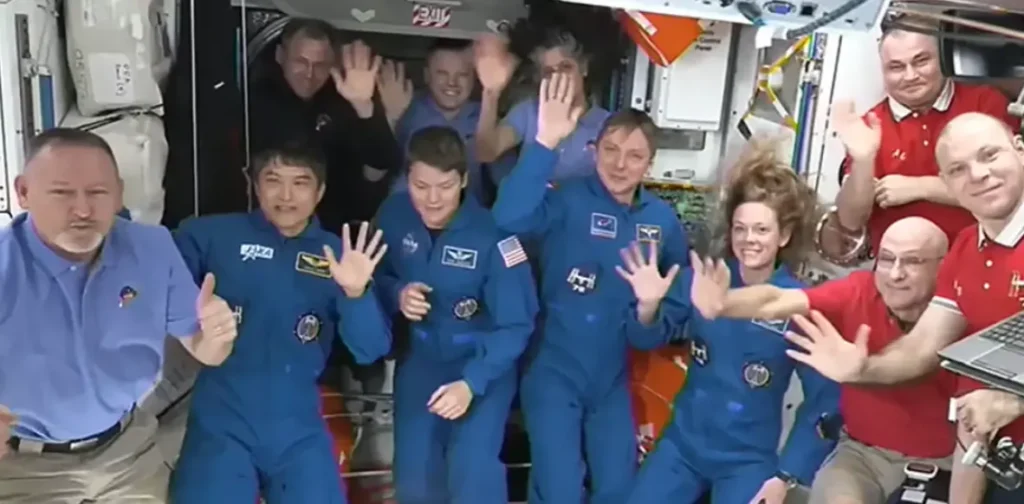
The family will fly together this summer as Barry receives his well-deserved reunion following his lengthy mission.
After Barry Wilmore returned from spaceflight scientists discovered previously unknown details about how these missions change people both physically and mentally.
Deanna shockingly showed her audience what her husband must endure after returning from space.
Examination results show Barry likely lost half of his muscle and 20% of his bone mass which makes ordinary tasks very hard to perform.
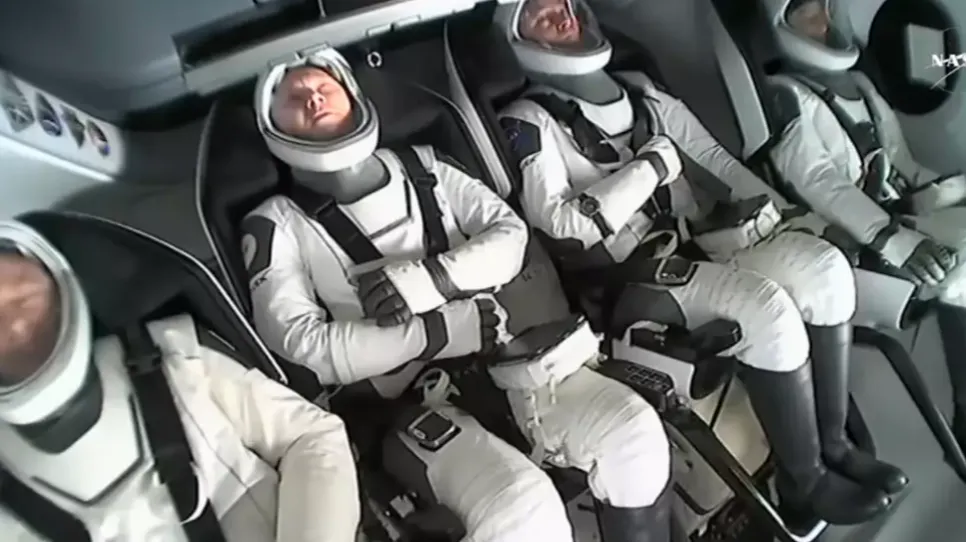
“Gravity is not his friend,” she repeated, capturing the essence of what it’s like to return to a world that now feels unfamiliar to someone who’s lived without its pull for nearly a year.
Feature Image Credit: (NASA)
